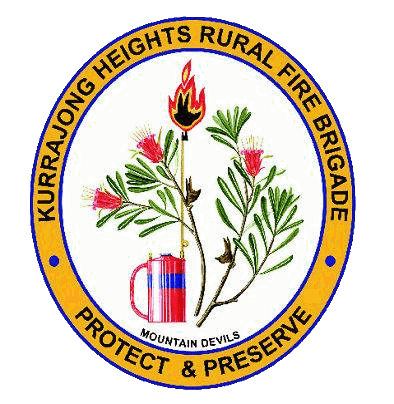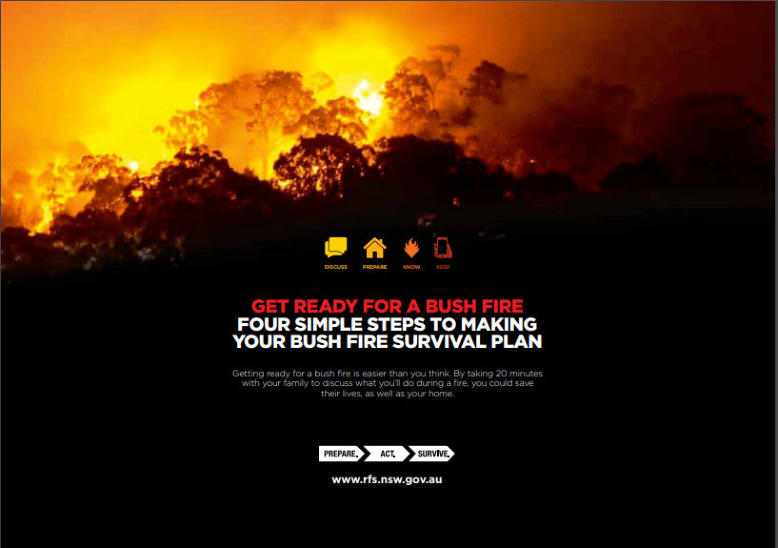We can’t protect our community without your help
This part of the website gives you lots of information to help prepare a proper Bushfire Plan, to fireproof your property and how to keep up to date when we have a fire event.
Preparing your Plan
Now that the fire season is over its a good time to review your Bushfire Plan in the light of your experiences.
Click on the picture below to download the Survival Plan. You will need to sit down with all the members of your household and complete the plan together.
Decide to Stay or Decide to Go?
The Plan asks you to make a decision whether to stay and defend your home or to leave. You may decide to plan for both. For example you agree to leave under ‘Catastrophic’ conditions, but otherwise you may choose to defend your property. Whichever decision you make, the better prepared your home the more likely it is to survive.
Your Car is Not a Bushfire Bunker
Eight out of nine people killed in the 2005 Eyre Peninsula fires were either in or near their cars attempting to flee. If you are going to flee you need to consider:
Is there a safe evacuation route?
What is the likelihood of trees falling across the road in front of the car – and then behind the car – and leaving you trapped?
In other words if you are going to leave, leave early. Do not wait until the fire is upon you. It is then better to shelter in the house.
Remove Your Possessions Before the Fire
Most of our fires start in the National Parks to the North and West of us and take a few days or even weeks to get to us. If a fire is on the way, go through your home and take those things that you can’t afford to lose, like your family photos, and leave them with friends who are not currently in danger. Thinking about what you want to take with you when the fire is on your doorstep is not a good idea. If you don’t have friends in the area who can help consider using a storage unit for the duration of the fire emergency.
Beware Flammable Clothing
Flammability of your clothing depends on the materials used:
• Cotton and rayon generally burn more easily.
• Synthetic fibres such as nylon are slower to ignite but once alight will melt and stick to skin.
• Protein based fabrics such as pure silk and pure wool, are more difficult to set on fire and slower to burn once ignited.
• Flame retardant fabrics are chemically treated to take longer to ignite. They will extinguish themselves once the flame source is removed. These are the types of fabrics fire fighters use.
IIn general, heavier fabrics with a tighter weave have a higher flame resistance and are slower to burn.
Pile or nap surfaces have very loose fibres, with air space between them e.g. fluffy and fuzzy fabrics, faux fur, chenille, corduroy, velvet and tassels. This type of surface ignites easily and the flames spread quickly across the fabric. Whatever you do, shorts and thongs are clearly not sensible.

